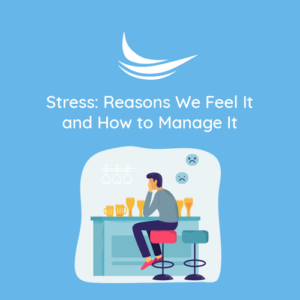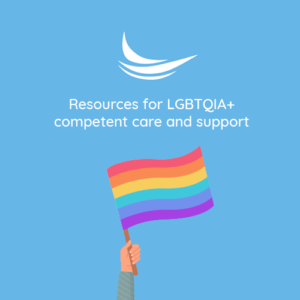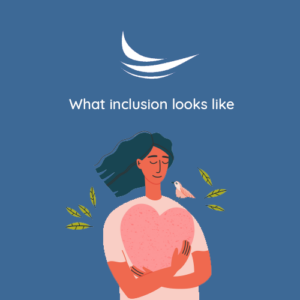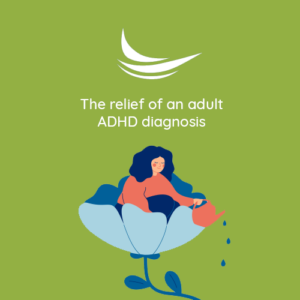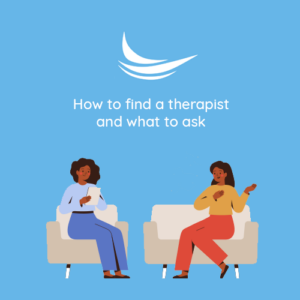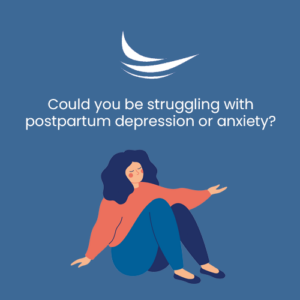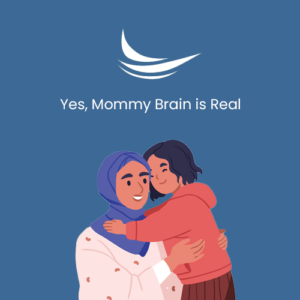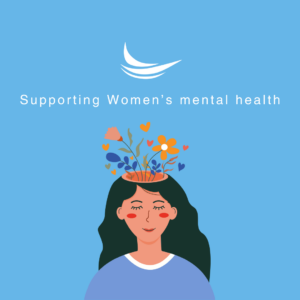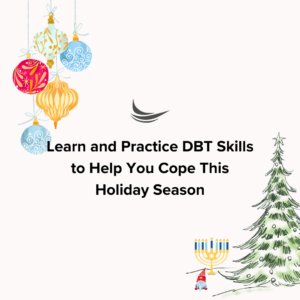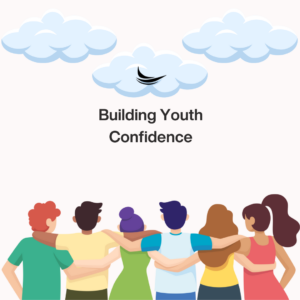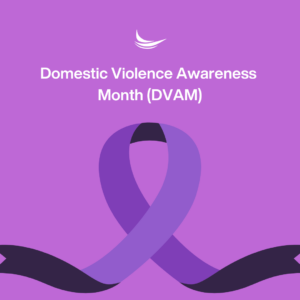How to Talk About Suicide Prevention in the Workplace
 Working adults spend a lot of time at work. A supportive work environment can have a significant positive impact on mental health, and even save lives.
Working adults spend a lot of time at work. A supportive work environment can have a significant positive impact on mental health, and even save lives.
Is your workplace mentally healthy?
Peer and employer support within the workplace is vital, as the relationships built over time can help create bridges to connect with support. Often employees are the first to notice changes in their co-worker’s behavior that may indicate risk factors or warning signs for suicide.
As an employee, are you or someone you know at work silently suffering? Perhaps you do not want to burden others and due to stigma, you do not say anything or seek out support. There may be fear such as appearing less competent or fear of losing one’s job. You may not know who to turn to, where to go, or what services are available.
Employers are encouraged to get involved.
Some of the ways to get involved in talking about suicide prevention include the following–
*Provide opportunities for education
*Create a mentally healthy workplace
*Support employees who are struggling with their mental health
One way to talk about suicide prevention professionally and accurately is to utilize educational awareness programming by trusted sources such as the National Alliance on Mental Illness and the local Minnesota chapter. There are several programs available through NAMI Minnesota to help with promoting mental health at work.
Did you know that the CDC data finds suicides reached an all-time high in 2022,especially for working adults ages 45-64 and older adults 65+? White men were identified as the population with the largest increase; factors such as losing a job and stigma with getting mental health support appear to contribute. Increasing awareness of triggers and warning signs for suicidal thoughts is an important first step as well as having information and access to care options.
Options that encourage talking about suicide in the workplace and accessing treatment include:
- Information and access to health insurance that provides depression screening and mental health treatment
- Resources and referrals for mental health services, including EAP programs
- Supports such as disability and medical leave
- Employee PTO benefits such as mental health days as part of sick leave policies
- Safe and supportive spaces including peer supports and access to quiet spaces
Managers can help support employees by assessing employees’ comfort bringing up struggles of mental health or suicidal thoughts, providing education on accommodations and available and resources, offering support options for employees such as focusing on work-life balance, and stress management for emotional well-being. Suicide prevention resources can be integrated into current supports to communicate consistent messaging in a professional manner that is accessible to all. Here is a quiz for employers to assess if their workplace is mentally healthy: https://namimn.org/wp-content/uploads/sites/48/2023/01/Is-Your-Workplace-Mentally-Healthy.pdf
Healthy, happy, and productive employees are vital to the workforce. CARE Counseling ranks as one of the best places to work and works hard to model caring for employees while creating a culture that promotes mental health and well-being. Our therapists are available to help support you and your employees with mental health care.
Resources:
Suicide Awareness Voices of Education: https://save.org/
988 Suicide and Crisis Lifeline Call or text 988 or visit https://988lifeline.org/
Suicide Prevention Resource Center: https://sprc.org/
National Alliance of Mental Illness Minnesota https://namimn.org/
Written By: Charlotte Johnson, MA, LPCC

